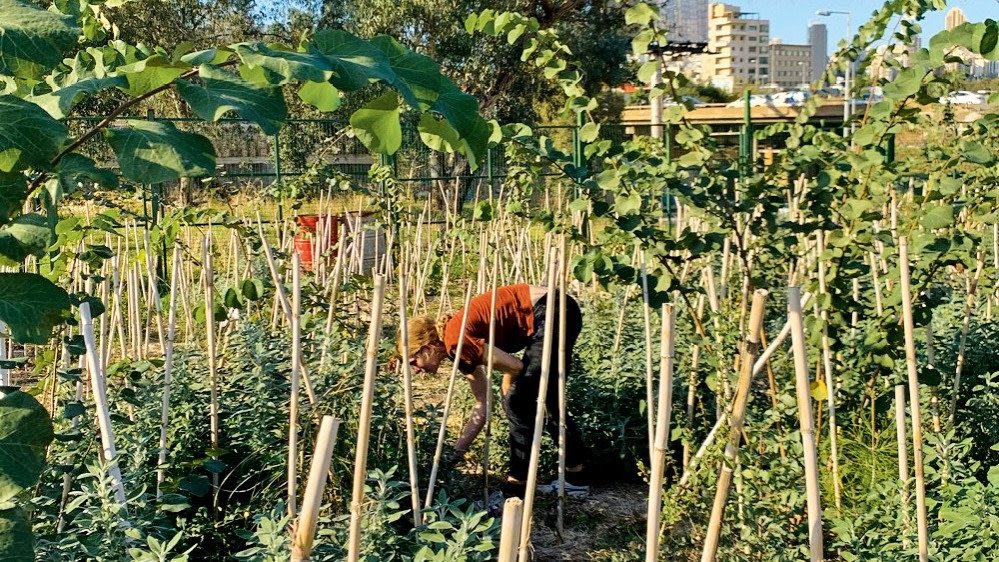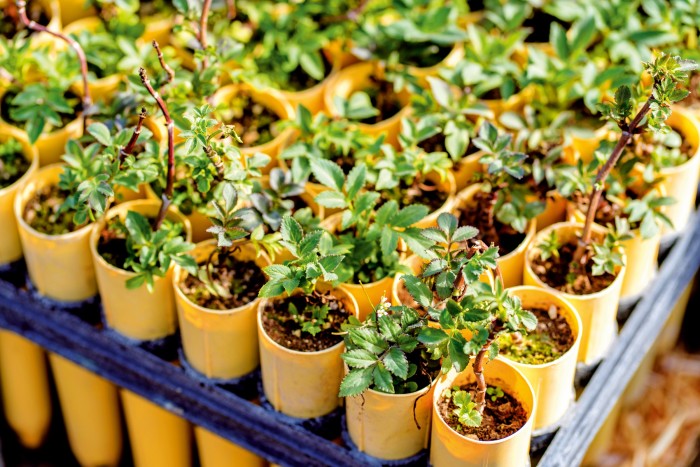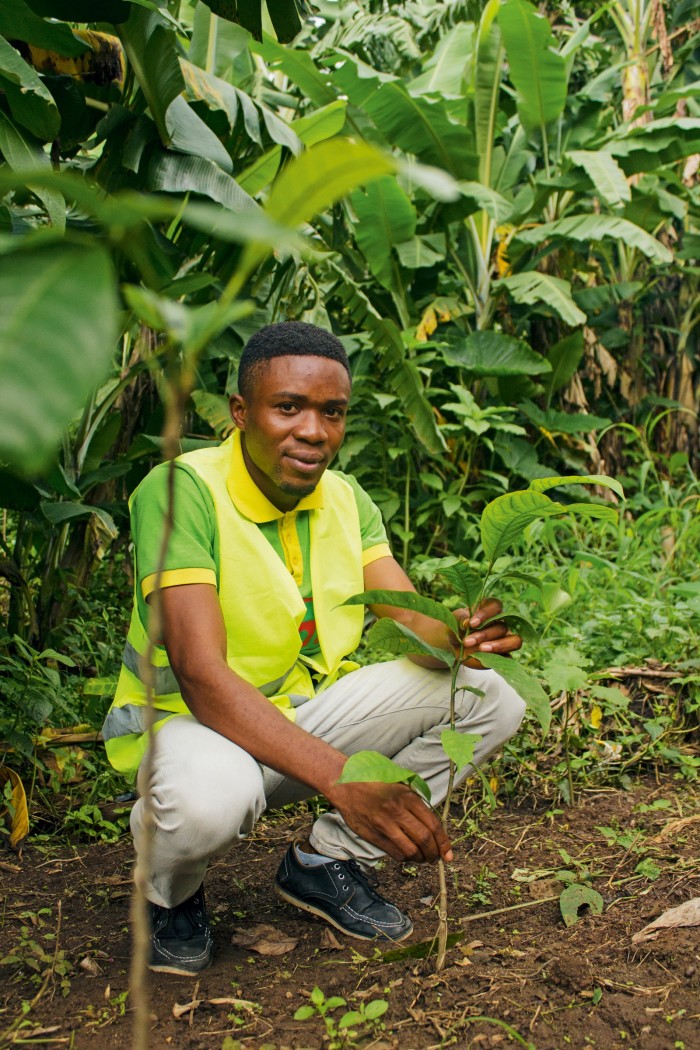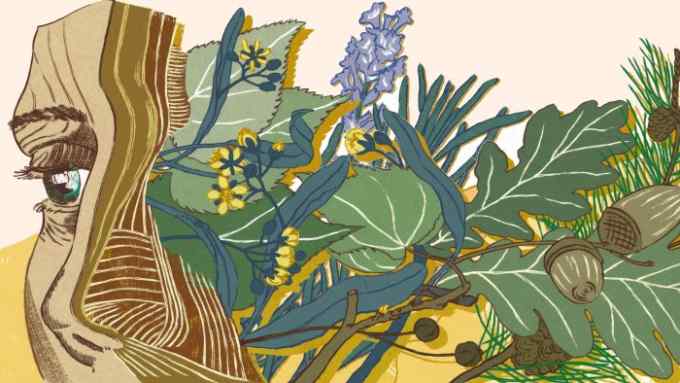The Cause: Sugi’s ‘forests of healing and learning’

Roula Khalaf, Editor of the FT, selects her favourite stories in this weekly newsletter.
On a flat stretch of parkland in Dagenham, east London, a forest is growing. The saplings are yet to reach much taller than a metre, but in time their shoots will form a canopy of oak, cherry, beech and lime. The floor below will become dense with shrubbery – guelder-rose, blackthorn and wayfaring tree – and vibrant pink spindle will bloom among the shoots. A year ago, the 11,000sq m patch was little more than disused grassland. Today it counts as one of the 80 forests planted by rewilding project Sugi in the past two years.
The purpose of these forests is part of a threefold pledge: to restore biodiversity; to reintroduce native species; and to reconnect people with nature. “We allow anyone, anywhere to invest in nature and build biodiversity,” says Sugi founder Elise Van Middelem, whose global network of 25 forestmakers targets areas of urban wasteland, or “green deserts”, as she calls them. Currently Sugi has forests in 15 different countries, each one based on ancient woodland.

By using species of trees that would occur naturally, Sugi creates forests that are denser, more resilient and have greater biodiversity than invasive monoculture plantations (single-variety plots of often imported trees). Native trees can provide a home for at least 80 species of insect. They also require less maintenance and watering, alleviating the need for pesticides and artificial plant foods. The evidence is based on the work of Japanese botanist Akira Miyawaki, whose method, tried and tested on over 3,000 sites, has a 97 per cent success rate for tree survival.
According to Miyawaki’s practice, Sugi gives its forests four “layers” – shrubs, sub-trees, trees and a canopy – with at least three trees planted per square metre. Plants are selected on the basis of a flora and fauna study, soil survey and vegetation report. “It’s a complex system,” says Van Middelem. “But without complexity, there’s no resilience.” The environmental impact is also critical: each species of tree increases a forest’s carbon capture potential by six per cent.
After two years, a Miyawaki forest can be considered self-sustaining. That leaves Sugi’s first project – a patch of 2,000 trees planted along the Beirut River in May 2019 – at a significant point in its life. Naturally, Van Middelem is thrilled – emotional, even. “That forest has survived a revolution, a pandemic and a toxic explosion,” she says. “It’s a symbol of the resilience of nature, of the resilience of the community.”
“We think of our forests as healing and learning centres,” she says, pointing to another site some 10,000km away in Yakama Nation, Washington. Set in a once desolate area outside a correctional facility, the project oversaw the planting of 47 native species at the hands of the facility’s inmates. “I’m going to be able to come by here and show my kids that I did that,” said one inmate. “It feels good. It makes my heart feel good.”

Of course, all of Sugi’s projects require funding, most of which is done via partnerships, subscriptions and one-off donations. Those after a more tangible investment can purchase a 3sq m “Pocket Forest” for a domestic garden or office space (from £375). Whatever the gesture, Van Middelem is keen for her “rewilding generation” to stay connected, and donors get monthly updates – “news from the forest” – on the progress of Sugi projects.
The most important thing is how a forest “feels”, says Van Middelem, who lived close to the San Francisco Redwoods for six years and is taken by the sounds of a forest. Native woodlands are charged with birdsong, buzzing and whispers – they have their own current. For James Godfrey-Faussett, lead forest maker for a project in Brazil, the feeling is more intangible. “Forests hold magic,” he says. “The word conjures something majestic, wise, gentle, and healing – but also something out of reach. Sugi bridges that gap by bringing the magic of forests to the urban environment.”

Comments